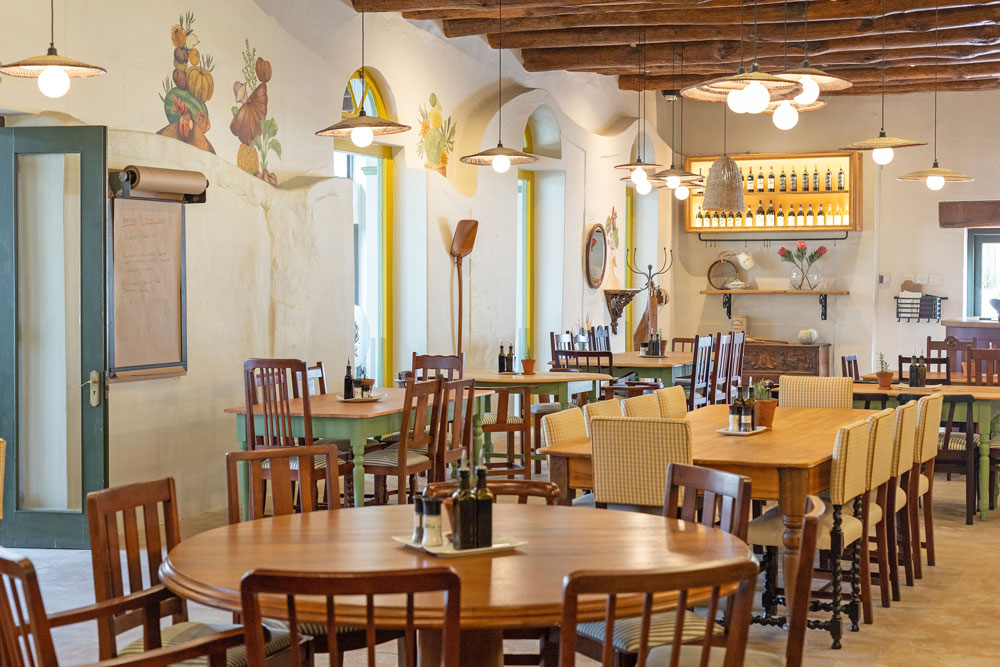When we founded Xperiencemakers 25 years ago, our name was directly inspired by the groundbreaking “The Experience Economy” by Pine and Gilmore. The strategy educator Jeroen Kraaijenbrink recently revisited their insightful “Four Realms of Experience” framework, which categorizes experiences based on levels of participation (passive vs. active) and connection to the environment (absorption vs. immersion).
Their philosophy spoke to us – mere aesthetics and functionality were no longer enough. We realized true value lies in crafting transcendent encounters through experiential design – a multi-disciplinary approach prioritizing human-centric environments that enhance wellbeing.


Unlike experience design’s focus on usability, experiential design emphasizes creating profoundly immersive journeys that stimulate curiosity and emotions. Our aim? Delivering a lasting sense of awe, wonder, delight and connection.
Experiential Design in the Built Environment
In built environments, experiential design encompasses a person’s holistic experience with a space – physical, cognitive, social, cultural and emotional. We strategically design commercial spaces considering desired occupant experiences through physical/digital interactions, visuals, sounds, smells and other stimuli.
As noted in their 2017 Experience Index, Gensler states “The human experience must drive every space element – design, interaction, expectation and intention.” In a commercial context, this means using design to forge emotional brand connections and immerse occupants in compelling narratives.


Summary of Experiential Design
- Designing Immersive Journeys that choreograph dynamic narratives through space activating multiple senses
- Evoking Awe, Wonder & Delight by using experiential design to spark curiosity and emotionally resonant moments
- Multi-Sensory Storytelling integrating lighting, materials, shapes, sounds and smells into a cohesive brand experience
- Human-Centric Environments prioritizing how people interact, inhabit and experience the designed space
- Forging Emotional Connections by creating environments that build meaningful relationships between people and brands
Our mission transcends transactions. Through intentional experiences allowing deep engagement, we elevate perceived value, cultivate communities, and exceed expectations.
Frequently Asked Questions
What is the difference between experience design and experiential design? Experience design focuses more on optimizing usability and meeting basic user needs and requirements. Experiential design aims to create profound, multi-sensory experiences that spark emotions and leave a lasting impression.
Is experiential design only for certain types of spaces? No, experiential design principles can be applied to any type of built environment – offices, hotels, retail stores, restaurants, museums, and more. The key is designing intentionally to shape the total experience.
How do you measure the success of experiential design? Success metrics could include factors like dwell times, social sharing, referrals, customer satisfaction, brand affinity, and more. But generally, you want to see high engagement and emotional resonance.
Is experiential design more expensive? Not necessarily. With a strategic, intentional approach, you can create powerful experiences without exorbitant costs. The key is aligning all design choices to support the intended experience.

